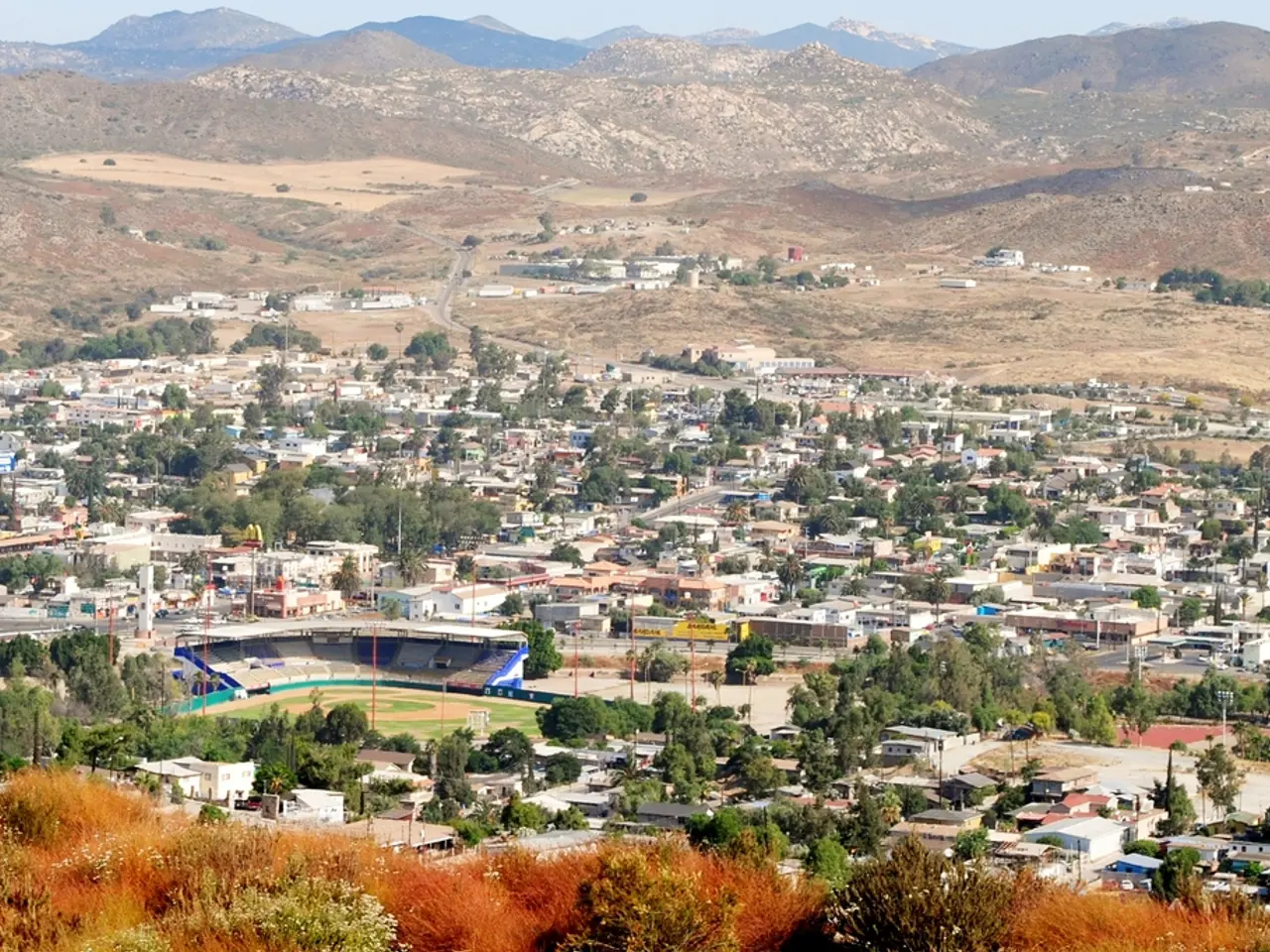The Importance of Property Location in the Real Estate Sector Surpasses Common Perception
When it comes to buying, investing, or renting a property, location plays a significant role in determining its value, lifestyle, and long-term returns. A great house in a bad location can be difficult to sell or rent, while a property in a prime location ensures demand and higher prices.
Neighborhood and Surrounding Amenities
The quality of the neighborhood strongly affects property value and rental appeal. Important are proximity to schools, hospitals, shopping centers, entertainment venues, parks, and recreational facilities. Good access to these amenities typically increases demand.
Accessibility and Transportation Links
Properties close to public transit, major highways, airports, or commuter routes tend to attract more tenants and buyers due to ease of travel.
Crime Rate and Safety
Low crime rates contribute positively to a location’s desirability and property value, impacting both investment returns and rental stability.
Environmental Factors
Consider pollution levels, noise from highways or industrial facilities, and any natural risk factors. Such negative externalities can lower property desirability and value.
Market Trends and Recent Sales
Evaluating recently sold listings in the area helps gauge current market conditions and property value trends. Observing neighborhood growth or revitalization can point to future appreciation potential.
Traffic Patterns and Property Exposure
For commercial or retail properties, visibility and customer traffic counts are crucial. Corner lots or locations with high sustained traffic often command premium rents and greater success.
Future Development and Growth Potential
Understanding planned infrastructure projects or urban development in the area can reveal opportunities for long-term appreciation.
Lease Terms and Stability (for Investment/Rental)
Properties located where long-term leases are common may provide more stable cash flow and less vacancy risk, which affects overall investment returns like IRR.
Property Type and Condition
While related to the property itself, certain types (residential, commercial) and maintenance levels interact with the location to influence profitability and demand.
In summary, evaluating location means not only looking at current amenities and safety but also transportation, market dynamics, environmental quality, and future growth prospects to ensure a good investment or rental opportunity. Choosing wisely upfront can save headaches later. Living near workplaces, grocery stores, or recreational spots saves time and reduces commuting stress. Safety and community are essential factors, including crime rates and local vibe.
Prime locations hold value better during economic downturns, while properties in less accessible or less appealing areas may stagnate, even if the house itself is impressive. Young professionals may prefer urban hubs with nightlife and cultural attractions, while families often prioritize areas with top-rated schools and safe neighborhoods.
Visiting the area at different times, talking to locals, and researching market data can help make an informed choice. Future development, including planned projects that could impact value, should be taken into account. For investors, location is critical to profitability, especially in up-and-coming neighborhoods.
Investing in real estate requires considering the neighborhood and surrounding amenities, including proximity to schools, hospitals, shopping centers, and entertainment venues, as they greatly affect property value and rental appeal. Access to transportation links, such as public transit, major highways, airports, or commuter routes, can increase demand for properties.
Prioritizing locations with low crime rates and safe environments contributes positively to a property's desirability and value, impacting both investment returns and rental stability. In addition, evaluating market trends, traffic patterns, property exposure, future development potential, lease terms, property type, and condition are essential factors to ensure a profitable investment or rental opportunity.




